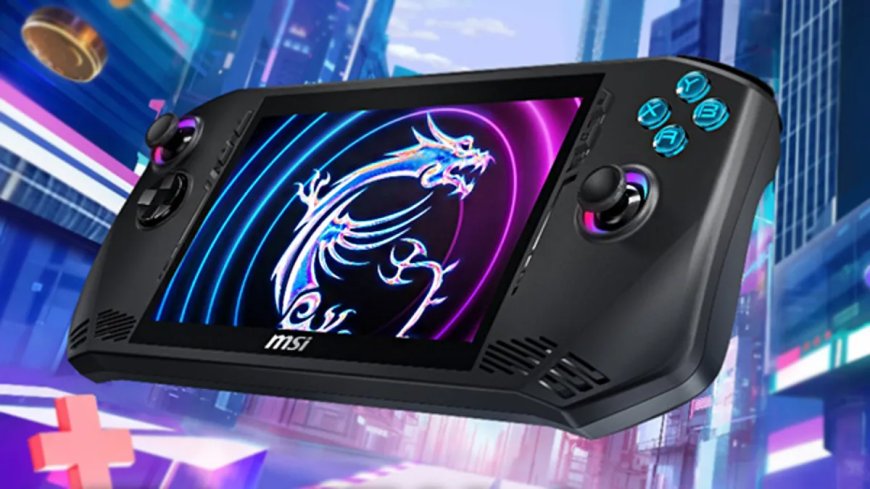MSI's AI-Powered Gaming Monitor: A Game-Changer at CES 2024
The landscape of gaming technology continues to evolve rapidly, and at CES 2024, artificial intelligence (AI) is making its presence known in innovative ways. MSI, a renowned name in the gaming hardware industry, showcased an exciting development in the form of the upcoming MEG 321URX QD-OLED display. This gaming monitor boasts an onboard AI accelerator that promises to enhance your gaming experience significantly. One standout feature is its ability to detect in-game enemies in popular titles like League of Legends and display their positions on the screen.

The Rise of AI in Gaming Monitors
The MEG 321URX QD-OLED is poised to revolutionize the way gamers approach their favorite titles, thanks to its AI-infused capabilities. Among these features, the most intriguing is what MSI refers to as "SkySight." SkySight utilizes the monitor's onboard AI processing to analyze the on-screen mini-map in games like League of Legends, pinpointing the location of incoming enemies. Once detected, the AI discreetly overlays an icon on the screen, indicating the direction from which the threats are approaching.
Also check Rambus Announces Enhanced RCD for High-Speed DDR5-7200 Server Modules
The implementation of SkySight raises questions about fairness and competition in gaming. While it undoubtedly provides users with an advantage, it also blurs the line between skill-based gameplay and AI assistance. Whether this feature officially breaches any gaming rules is a topic of debate, as it introduces a unique advantage that not all players can access. What sets SkySight apart is its undetectable nature—every aspect of AI processing and image generation occurs within the monitor's dedicated hardware, operating independently of the computer's operating system and software.
Enhancing the Gaming Experience
SkySight's capabilities extend beyond enemy detection. In League of Legends, the MEG 321URX's AI monitoring system keeps track of your in-game health status. This information is then visually represented through an RGB LED light bar, aptly named the "Spectrum Bar," located at the bottom of the monitor's bezel. The Spectrum Bar dynamically adjusts its colors to match your in-game health bar, creating a seamless and immersive visual experience.
During a demonstration, we observed the Spectrum Bar displaying a combination of green and yellow, mirroring the graphical representation of health on the screen. This integration not only adds a layer of interactivity to the gaming environment but also offers a quick and intuitive way to monitor your in-game well-being.
Expanding Possibilities
Even if you're not an avid League of Legends player, the MEG 321URX's AI capabilities can still enhance your gaming sessions. MSI has revealed plans to release a dedicated PC application when the monitor hits the market in the spring. This application will enable users to train the monitor to recognize various in-game elements, such as health bars and enemies, across a wide range of titles. The initial training process will rely on your computer's processing power, but MSI assures that the monitor will handle all subsequent AI processing.
The possibilities unlocked by this AI-powered monitor are vast and intriguing. Gamers can look forward to customizing their AI assistant to cater to their specific gaming preferences, potentially transforming the way they experience a variety of titles.
The Unanswered Questions
While the MEG 321URX's AI capabilities are undeniably impressive, there are still essential details that remain undisclosed. MSI has not provided specific information about the type of AI processor used in the monitor or how it manages and stores new training data. Questions about onboard Flash memory, data retention, and future updates are among the aspects that have yet to be clarified.
As MSI continues to refine and finalize the MEG 321URX QD-OLED display, gamers and tech enthusiasts eagerly anticipate the release of this groundbreaking gaming monitor. Its integration of AI-driven features not only enhances gameplay but also opens doors to exciting possibilities for the future of gaming displays.


































